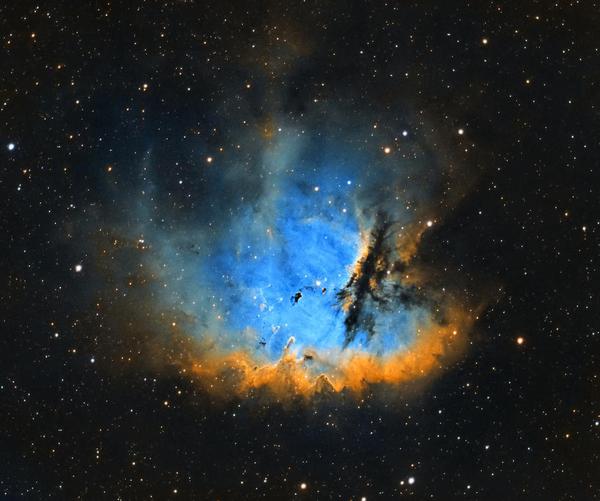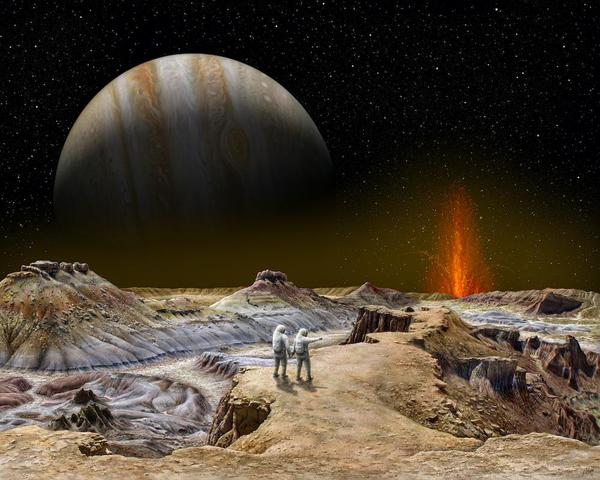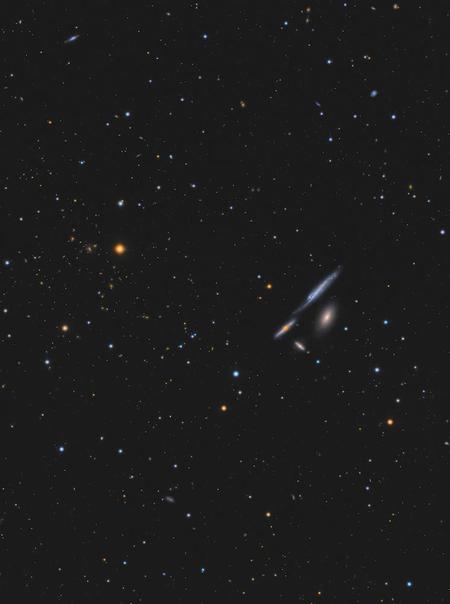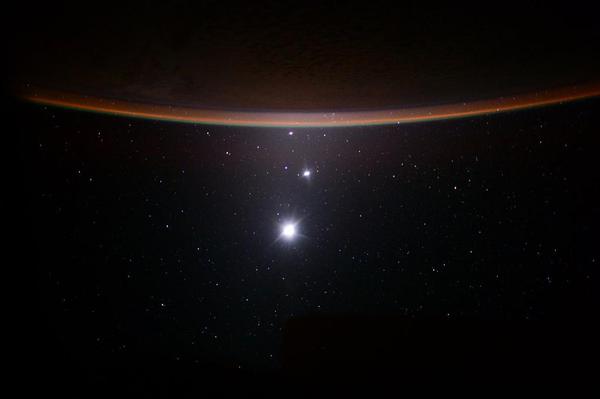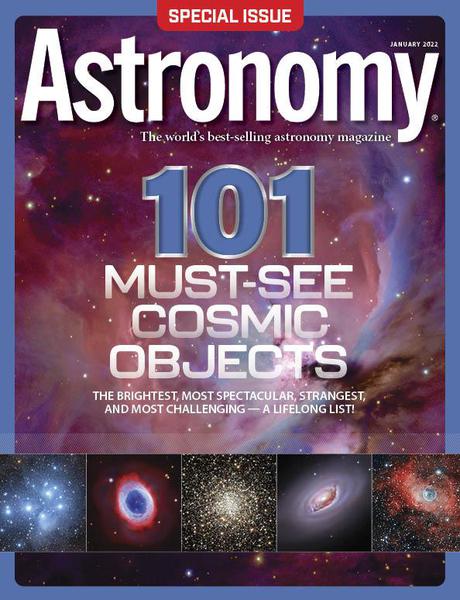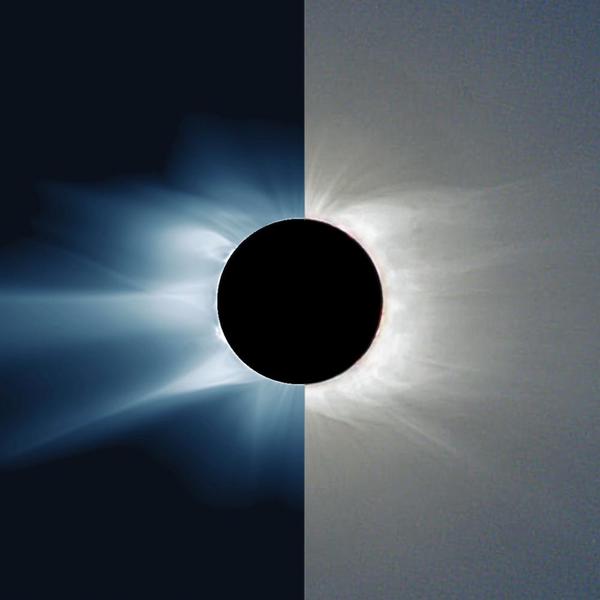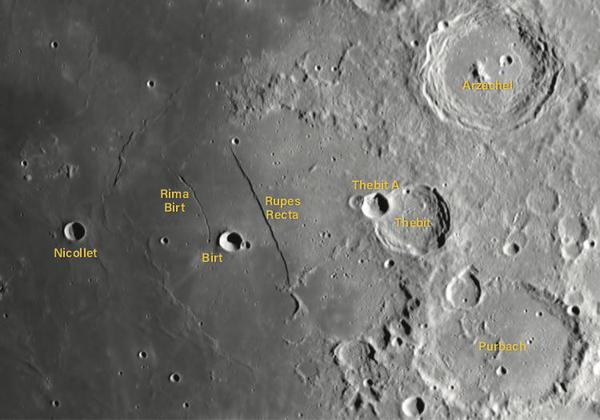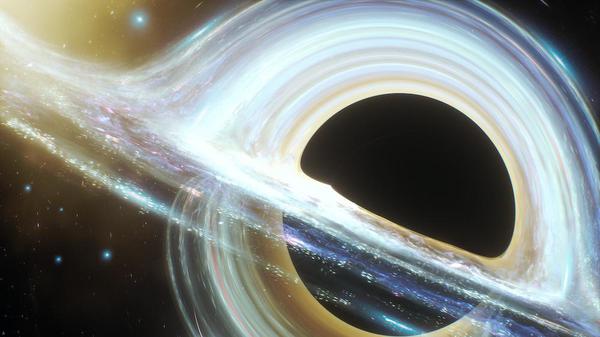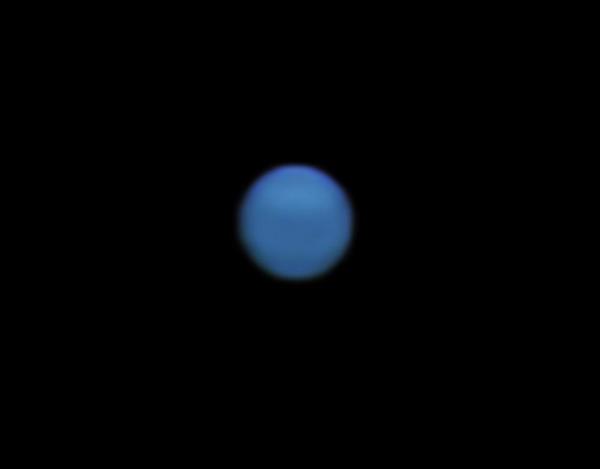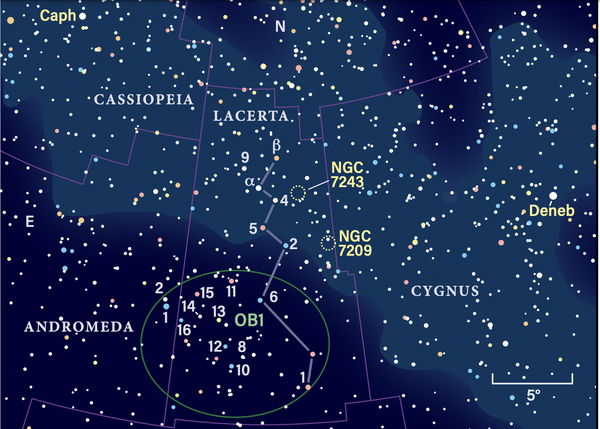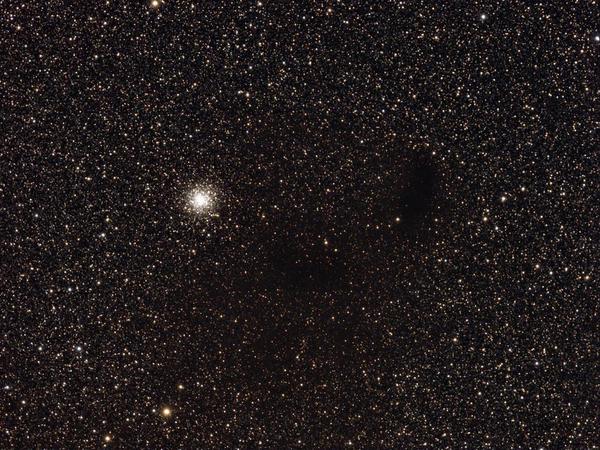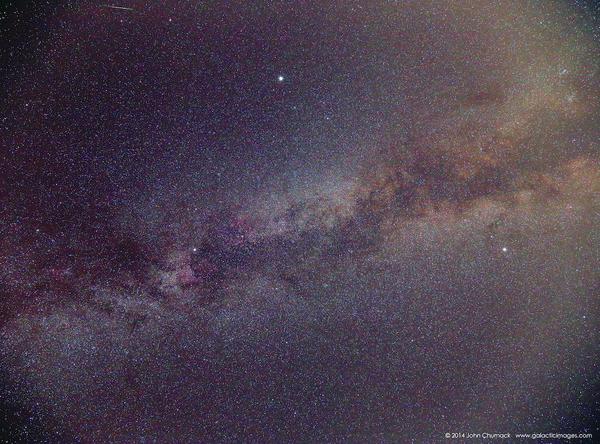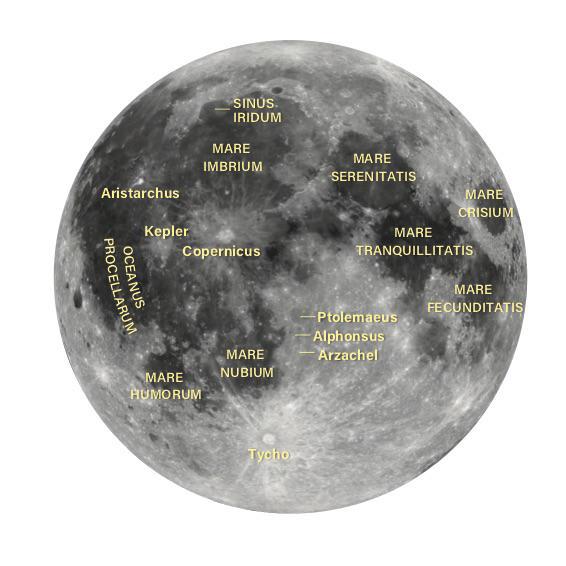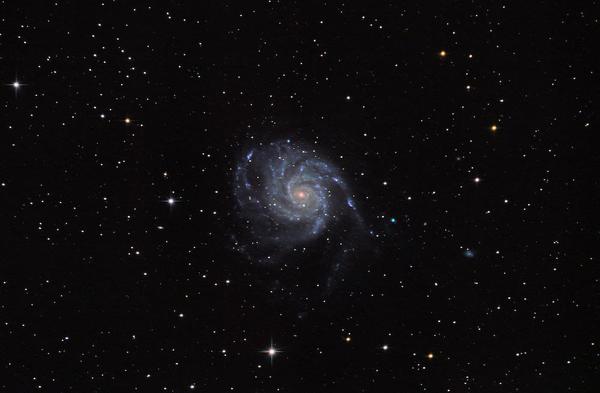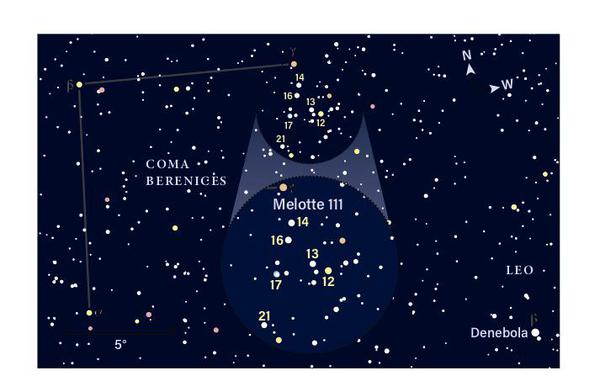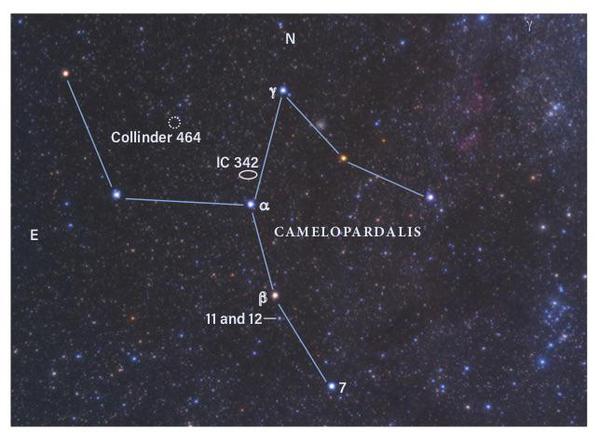The strange case of eyeball planets
These tidally locked worlds could be the key to finding life in the universe — if they exist.
Humans have long imagined what life on another world may look like. And as we entered a golden age of exoplanet discovery, the hunt picked up for Earth 2.0, a twin to our planet orbiting within its star’s habitable zone. But so far, searches have turned up empty, leading scientists to use some out-of-the-box thinking to find another haven for life in the universe. The habitable zone, or Goldilocks zone
Read More
 Filters & Sorting
Filters & Sorting
